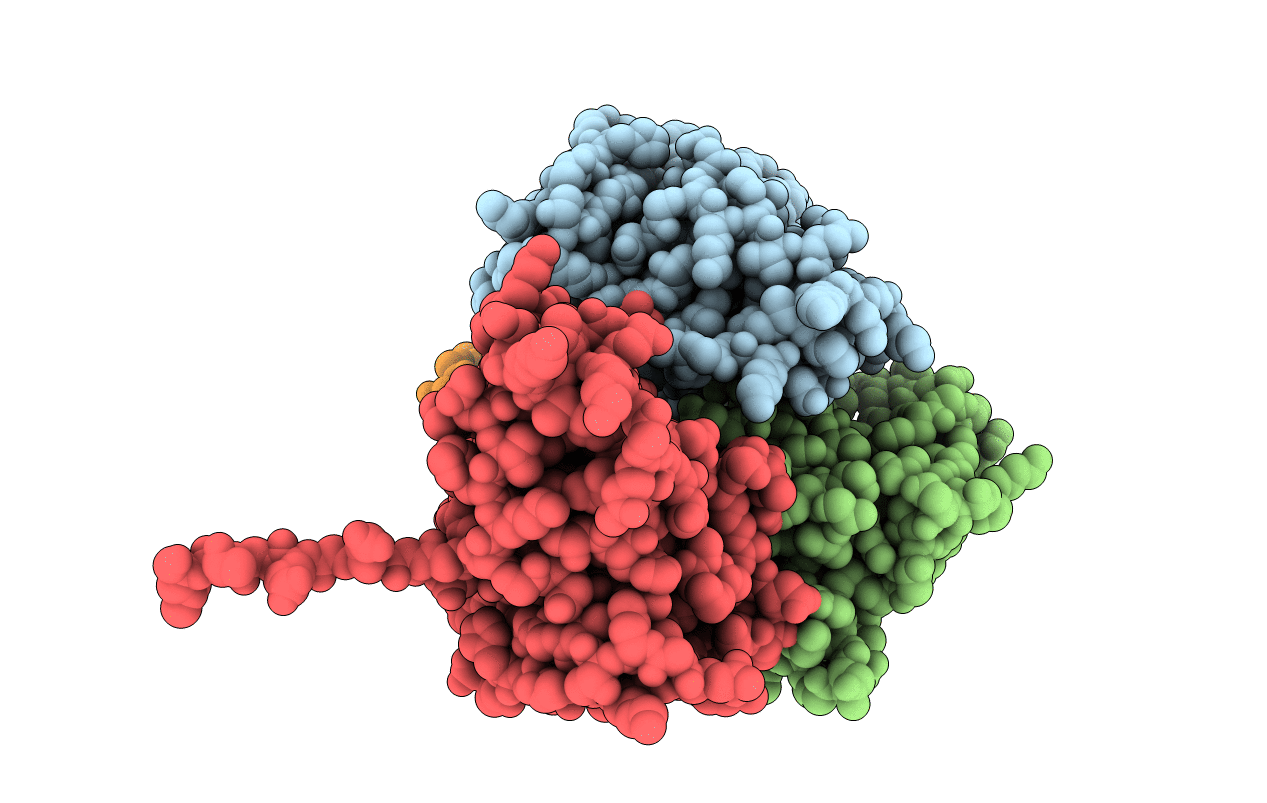
Deposition Date
2018-12-31
Release Date
2019-01-23
Last Version Date
2023-10-11
Entry Detail
Biological Source:
Host Organism:
Method Details:
Experimental Method:
Resolution:
2.70 Å
R-Value Free:
0.24
R-Value Work:
0.20
R-Value Observed:
0.20
Space Group:
P 21 21 21


